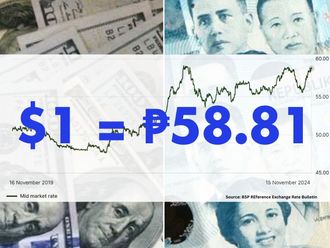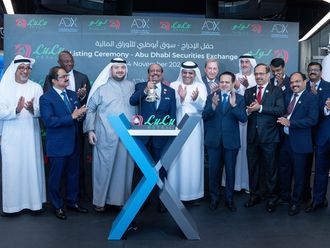Dhaka: Standard & Poor’s Ratings Services (S&P) has affirmed its “BB-”long-term and “B” short-term foreign and local currency sovereign credit ratings on Bangladesh with stable outlook as the transfer and convertibility (T&C) assessment remained “BB-”.
“The stable outlook reflects strong growth prospects and ongoing donor support, which ensures low-cost and long-maturity external debt and minimises refinancing risk,” S&P said in a statement carried by Bangladesh newspapers today.
With the latest one, Bangladesh is rated the second highest in South Asia behind India (BBB) and ahead of Sri Lanka (B+) and Pakistan (B-). Other countries in the BB category include Turkey, Philippines, Indonesia and Vietnam.
The country got the same rating and outlook from this US-based rating agency for the third consecutive year while the first yearly rating was done in 2010.
The rating agency, however, noted limited fiscal flexibility due to low revenue generation capacity and expenditure rigidities stemming from significant physical and human capital development needs, and a large subsidy regime.
The statement said low economic development and an adversarial domestic political setting were also seen as major barriers to achieve further improvement.
“We project the country’s total revenue at 13 per cent of GDP (including grants) in fiscal 2012, which ranks as one of the lowest among sovereigns we rate,” S&P’s credit analyst Agost Benard said.
He added that the “limited fiscal flexibility contributed to years of public under investment, stunting the country’s growth potential”.
The agency said Bangladesh’s low wealth level at a per capita GDP of $637 (Dh2,338) (2011) is a key rating constraint, but it believes that such low incomes afford minimal policy and political flexibility when responding to exogenous shocks, or if severe policy adjustments are needed to avoid default.
It said Bangladesh’s weak institutions and governance hamper investment and development, while its volatile political setting detracts from legislative efficiency and harbours the potential for instability. These factors are additional rating constraints.
The rating agency, however, said that these constraining factors are balanced against strong growth and external support.
“In our view, the strength of key economic segments — garment, remittances and agriculture — will sustain growth in line with recent trends, rising to about 6.7 per cent by 2015, as global demand recovers, Benard said.
The S&P observes that Bangladesh benefits from substantial bilateral and multilateral donor engagement as donors provide direct budgetary support, which, together with education and health services to the general population, eases the burden on the government.
“We could raise the ratings if the government succeeds in expanding the revenue base and improving collection efficiency, leading to a material improvement in its fiscal performance,” the statement said.
It added: “We could also upgrade Bangladesh if alleviating energy, infrastructure, and administrative bottlenecks unlocks rising investment, leading to a sizable and sustainable increase in real GDP growth.”












